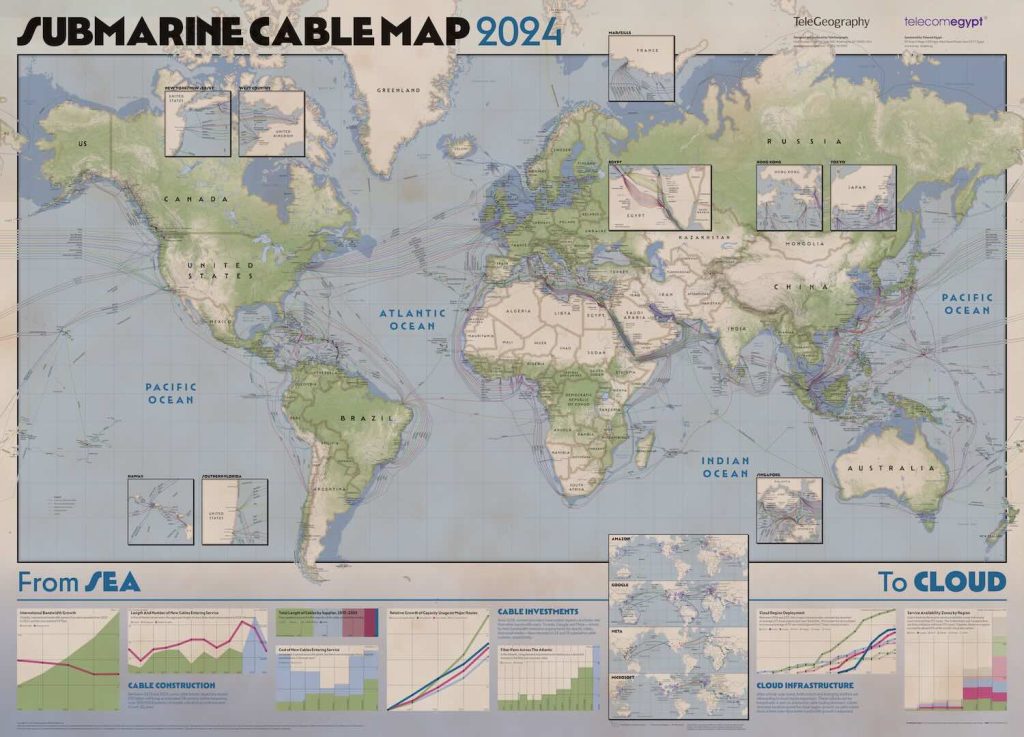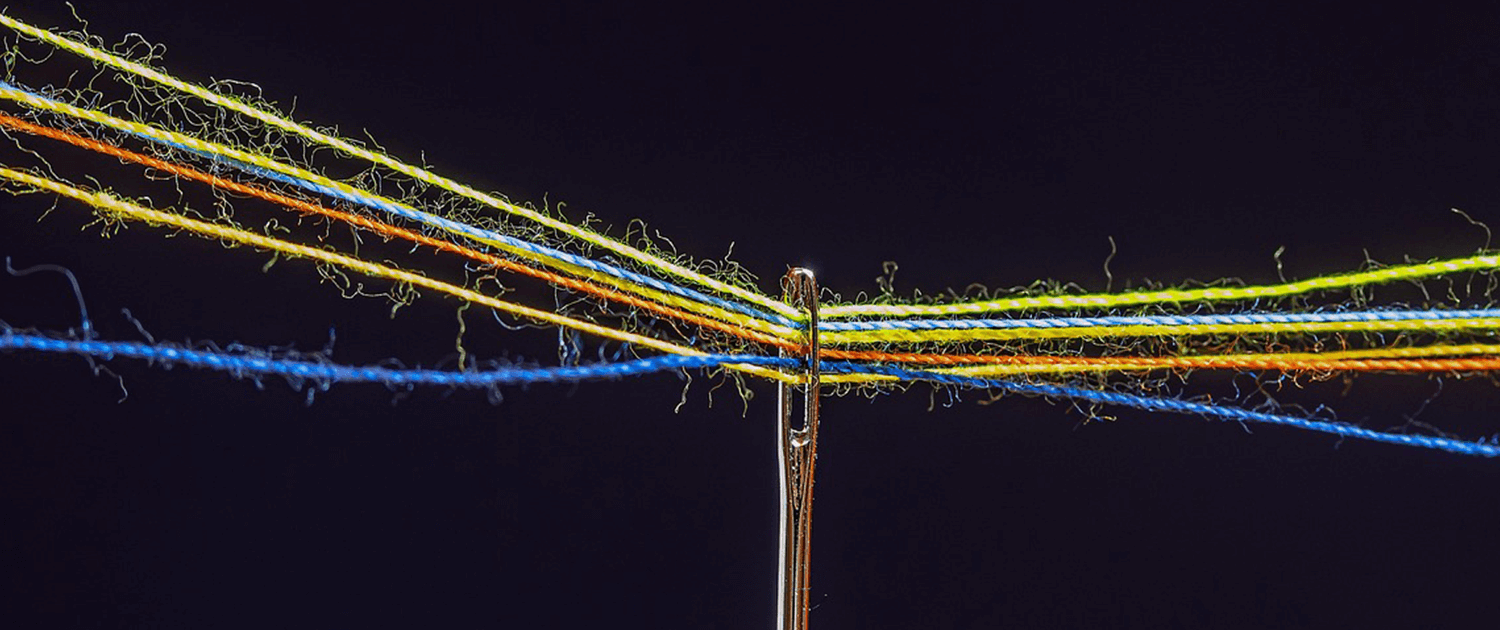The Internet is the thread that ties billions of people together for work, study, socializing, shopping, and gaming.
Much of the traffic generated from these activities is derived from the US and Europe. It makes its way to all other parts of the world through a vast network of data centers, routers, and switches interconnected globally by an array of submarine cables.

Currently, around 559 submarine cable systems span 1.5 million kilometers, connecting the smallest Pacific islands to the largest economies of Europe, Asia, and North America. As of 2023, 98% of all global Internet traffic was carried by submarine cables, carrying USD 9.47 Trillion in daily financial transactions.
Unfortunately, most businesses are not prepared for significant Internet disruption from whatever cause.
Cable ‘Choke Points’ Impact Internet Resilience
By the nature of geography, the cables that span the world have ‘choke points’ where the volume and proximity of cables on the sea bed are greater. These places include:
- The Suez Canal/Red Sea, a prime route for East-West connectivity
- Singapore, the key South East Asia hub
- Malta and Gibraltar, for European and African access.
Having so many cables nearby increases the risk of damage to one or multiple cables, which decreases the resilience of the Internet. This risk has been exposed recently in the Red Sea and off the coast of West Africa, where multiple submarine cables have been damaged from unforeseen circumstances.
Read: Internet Society’s 2024 West Africa Submarine Cable Outage Report
According to the United Nations, 150 to 200 subsea cable faults occur annually. Fishing and shipping activities account for nearly two-thirds of the total (Figure 2).
Fishing techniques that touch the sea floor, such as trawl nets and dredges, are hazardous for cables but remain popular in parts of Asia. Anchoring incidents often occur when anchors are inadvertently dropped and dragged along the sea floor. Extreme weather and strong tides can also drag properly anchored boats into cables.

Cable planners take several steps to minimize these risks, including:
- Wrapping cables in armor and sometimes burying them deep when nearer to shore, where most fishing activities occur.
- Coordinating with fishing crews and fleets.
- Avoiding designated areas where ships anchor.
Proactive government efforts, including international treaties, some dating back to 1884, guarantee unique freedoms to lay, repair, and maintain cables, although national practices vary.
Economic Cost of Cable Cuts
Economic disruption and impact following disruption to undersea Internet network infrastructure is becoming a priority for many national risk registers.
Estimating the financial impact of a submarine cable cut is tricky, given that nearly all are privately owned. A recent report suggested that it costs the West Indian Ocean Cable Company USD 2M to repair a single cable off the coast of West Africa. This does not consider the cost of lost traffic, the impact on reputation and insurance premiums, and the cost to service providers who need to purchase capacity on other submarine cables during restoration. Given that a typical deep-sea repair will take 3—5 days with favorable conditions, the cost can escalate quickly.
Many large global Internet service providers, such as Amazon, Google, Meta, and Microsoft, are investing in cable systems across all regions to provide diversity and increase the security of services for customers. However, it’s also up to businesses and Internet users to understand and advocate for protecting and maintaining these underwater threads that connect us. This includes:
- Understanding where your business data is sourced, stored, and transmitted.
- Forecasting and mitigating risks associated with non-locally stored data, including having alternative data hosting and backup and local data caching.
Ultimately, there is no single solution, and much will depend on risk profiles and data-critical applications. The important thing is to be proactive for the day when (not if) your services are compromised by a submarine cable outage.
Nigel Parnell is an experienced Telecoms Executive.
The views expressed by the authors of this blog are their own and do not necessarily reflect the views of the Internet Society.


